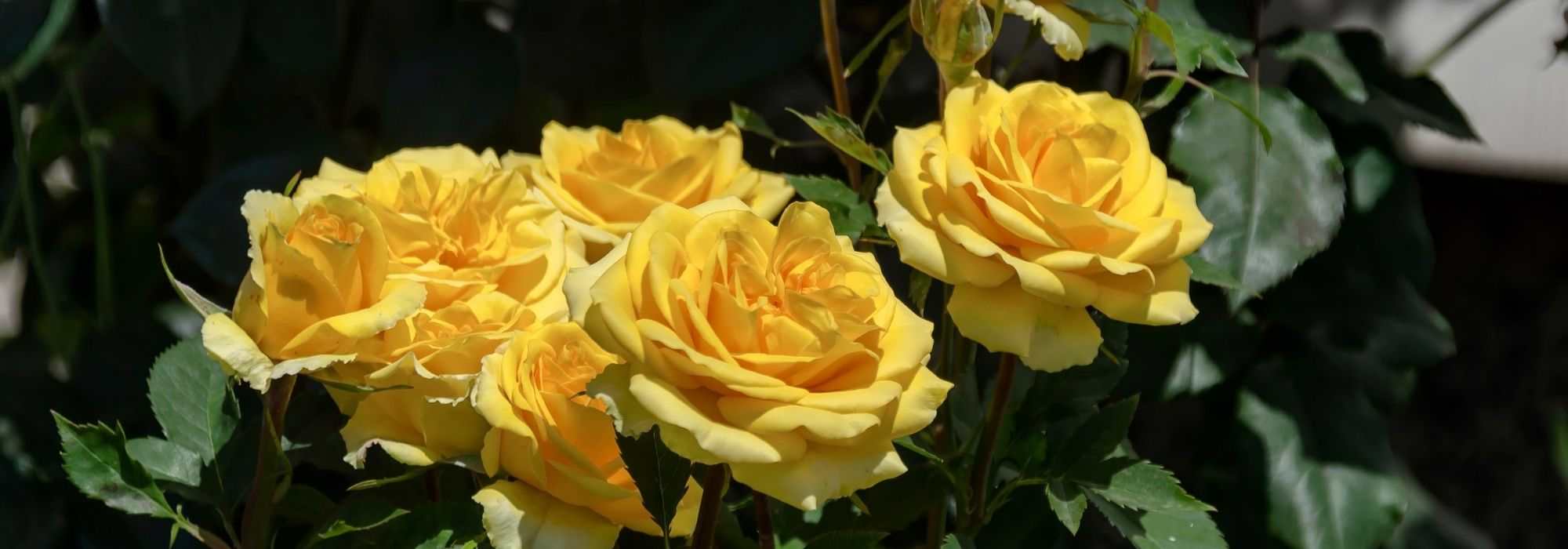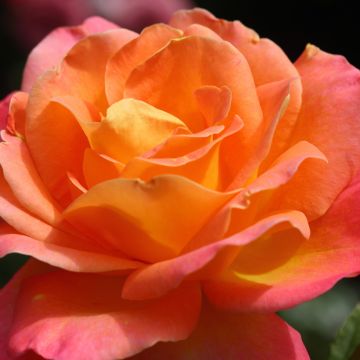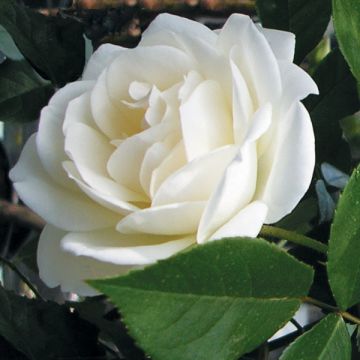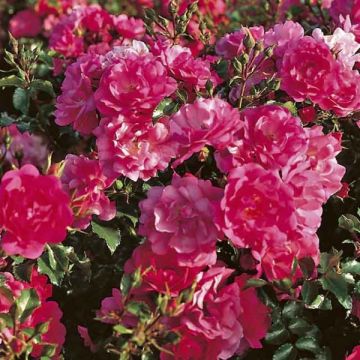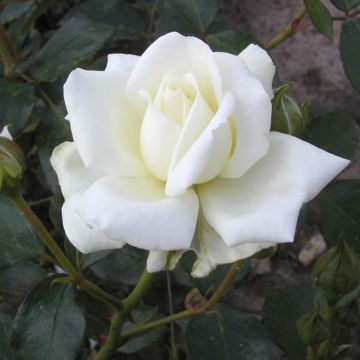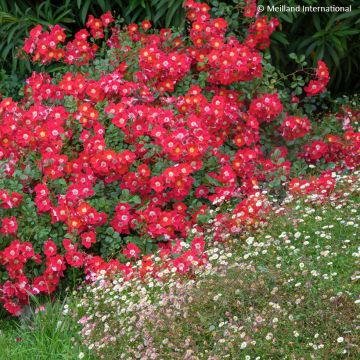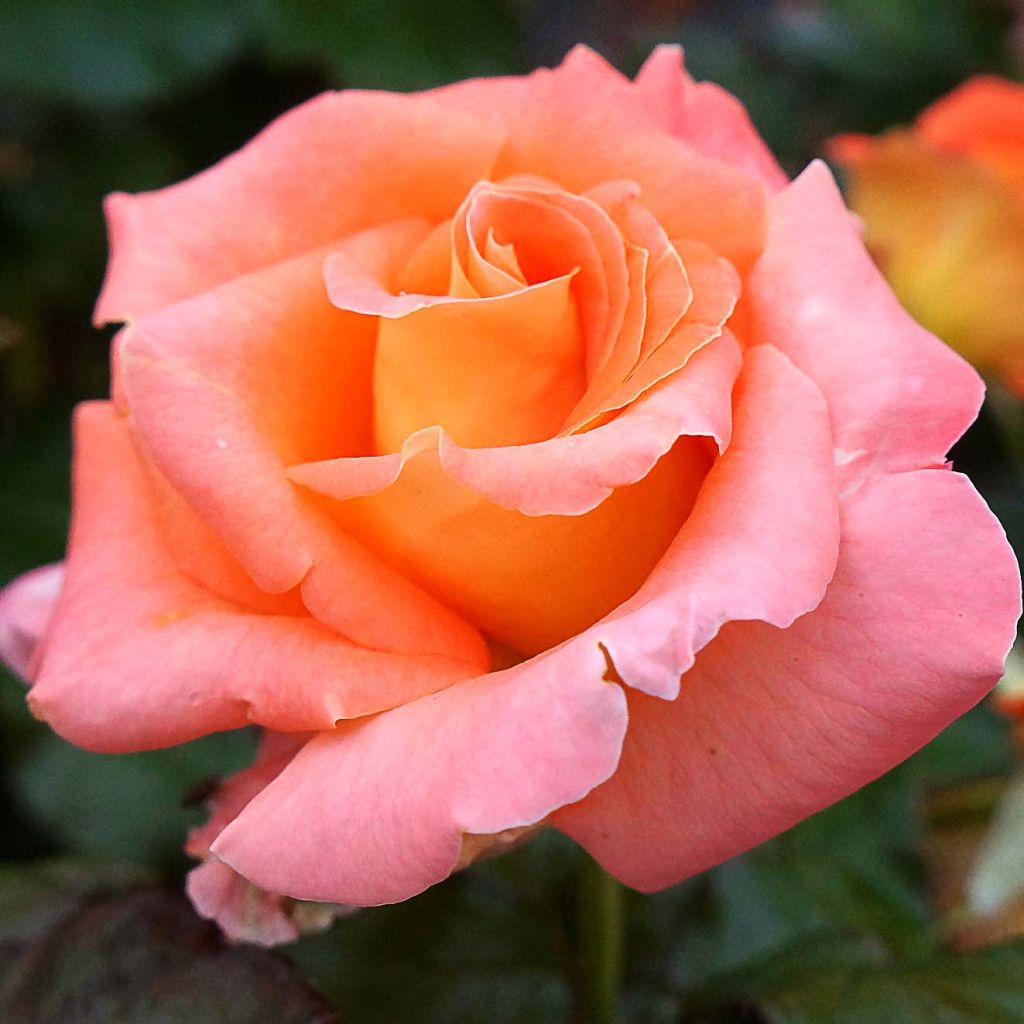

Rosa Eriko Takeda - Shrub Rose
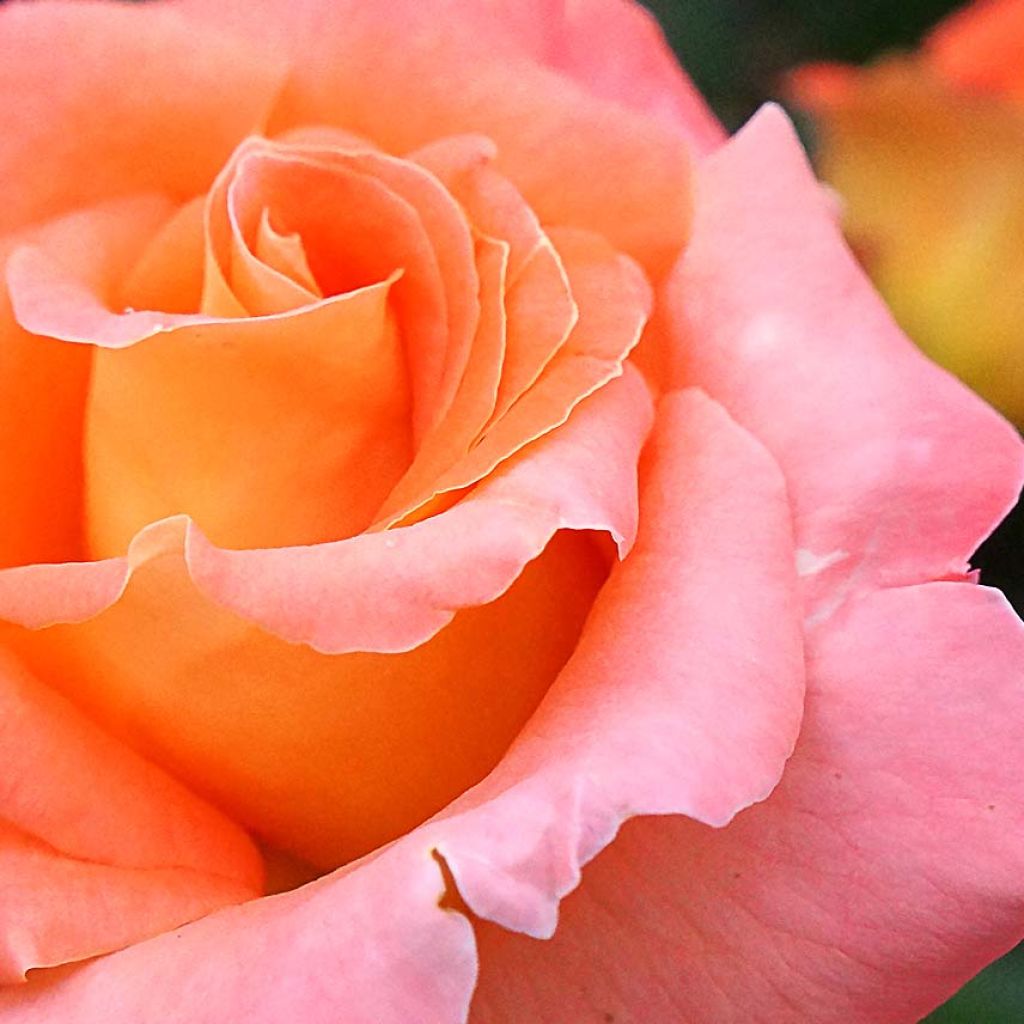

Rosa Eriko Takeda - Shrub Rose
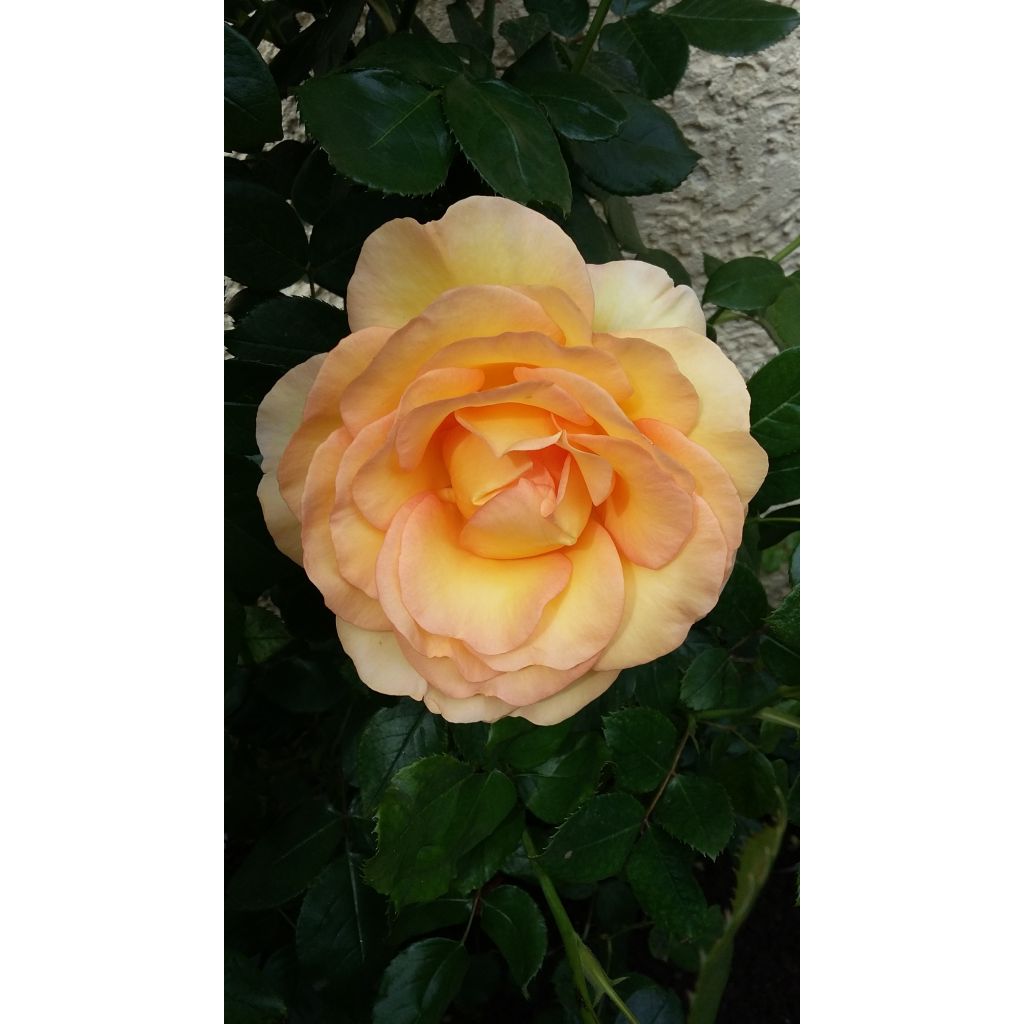

Rosa Eriko Takeda - Shrub Rose
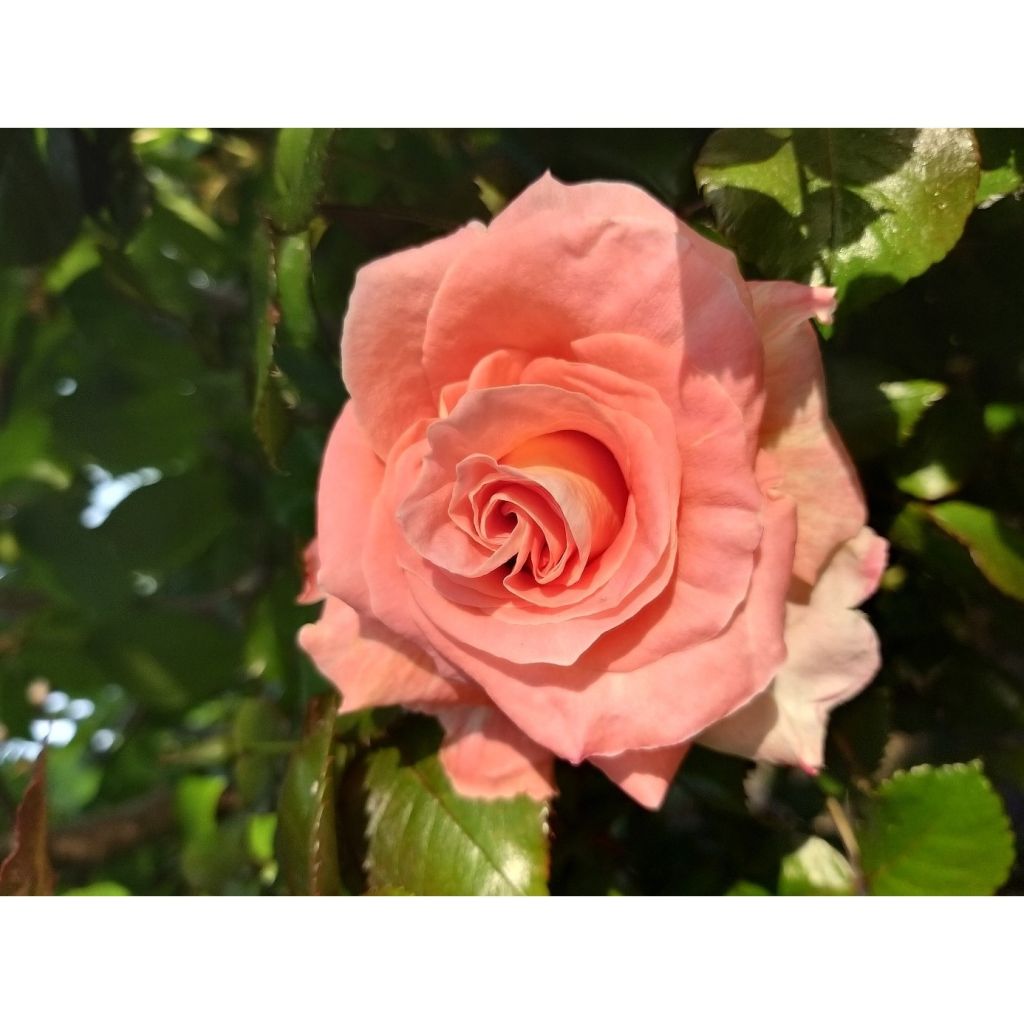

Rosa Eriko Takeda - Shrub Rose
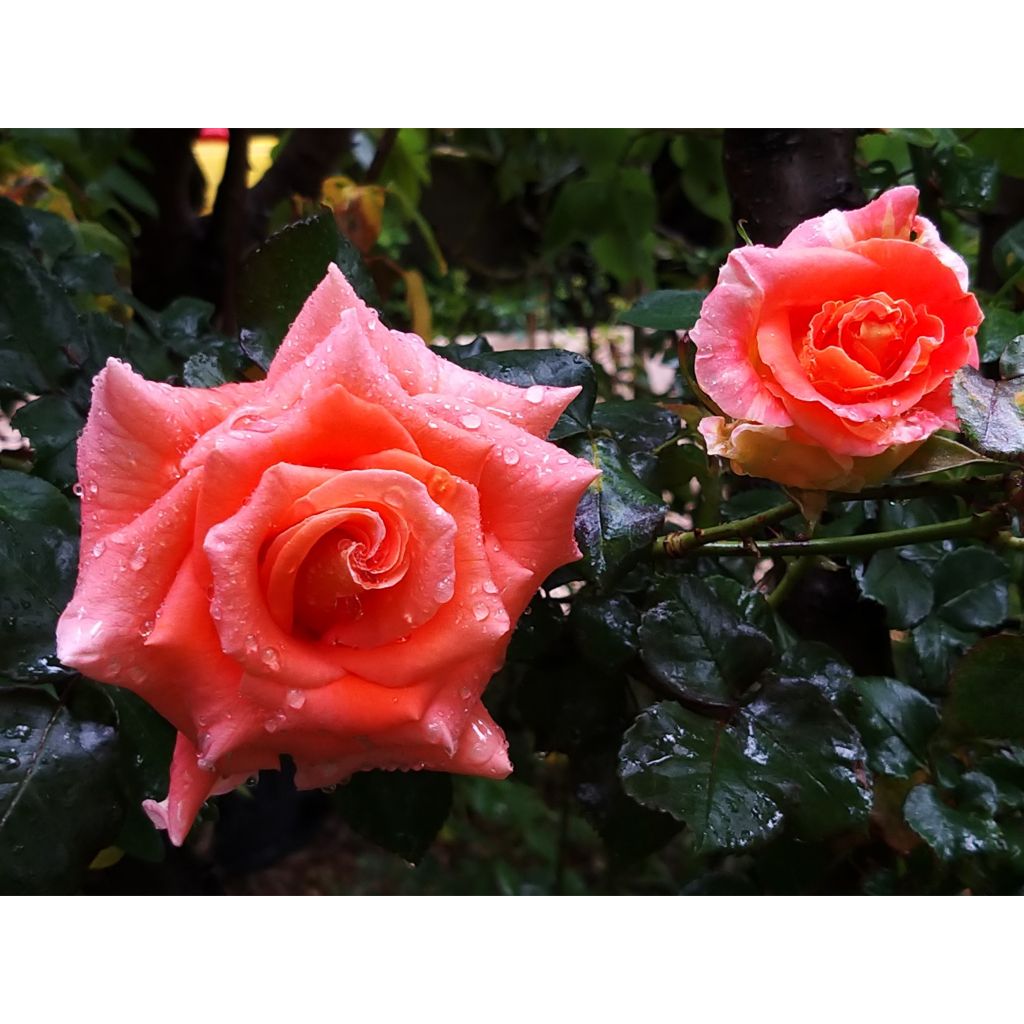

Rosa Eriko Takeda - Shrub Rose
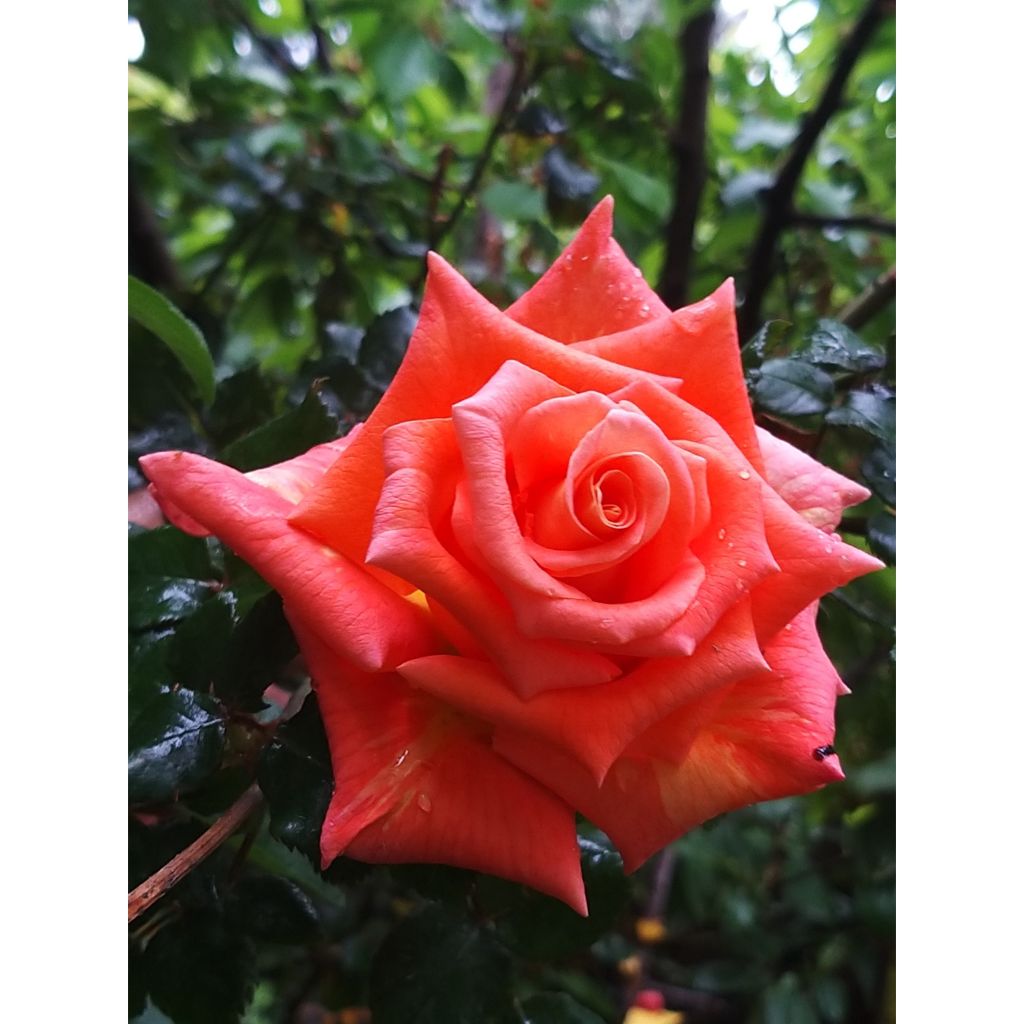

Rosa Eriko Takeda - Shrub Rose
View more pictures
Hide images
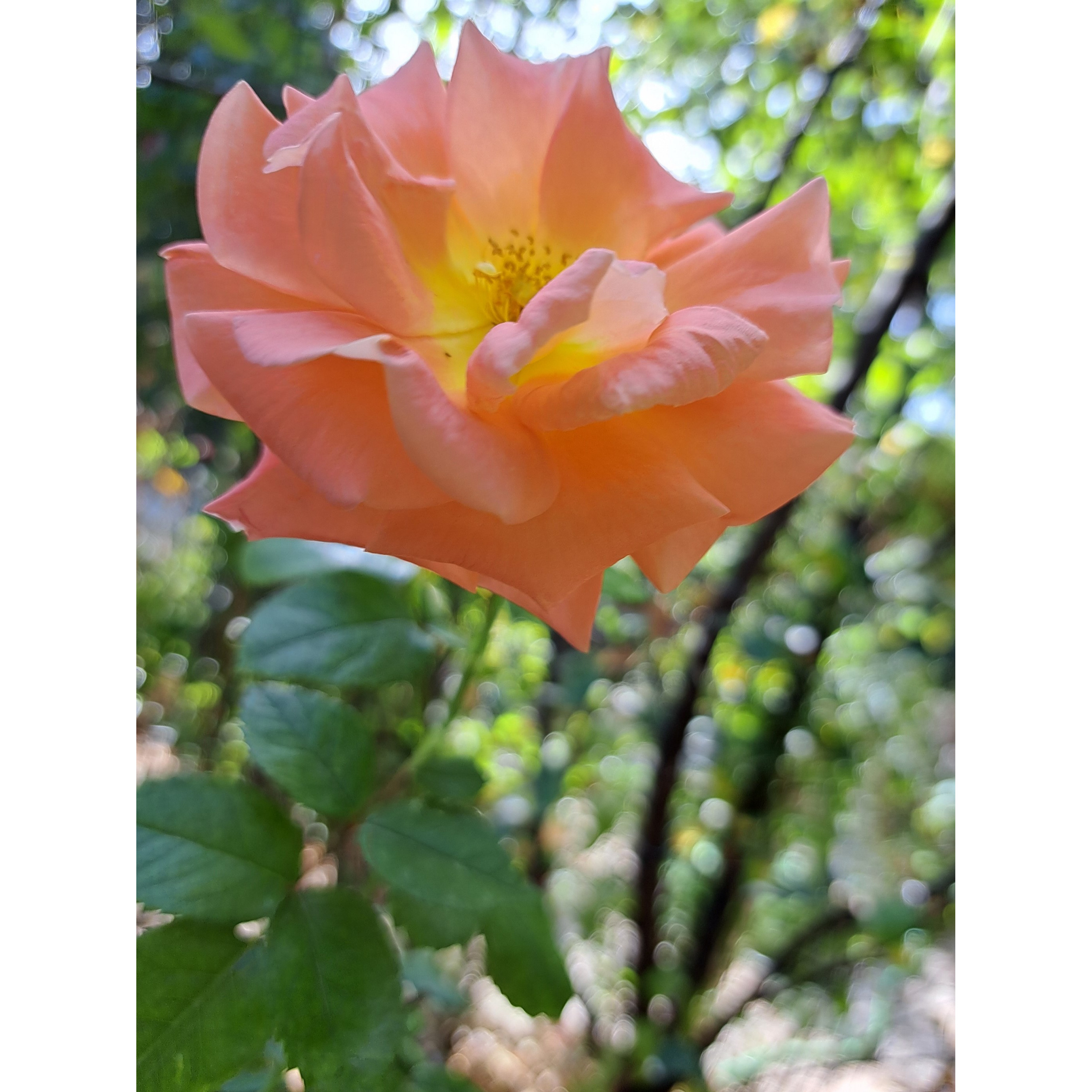
Thierry P.

October flowering - image 60
Thierry P. • 84 FR

Thierry P.

September flowering - image 59
Thierry P. • 84 FR
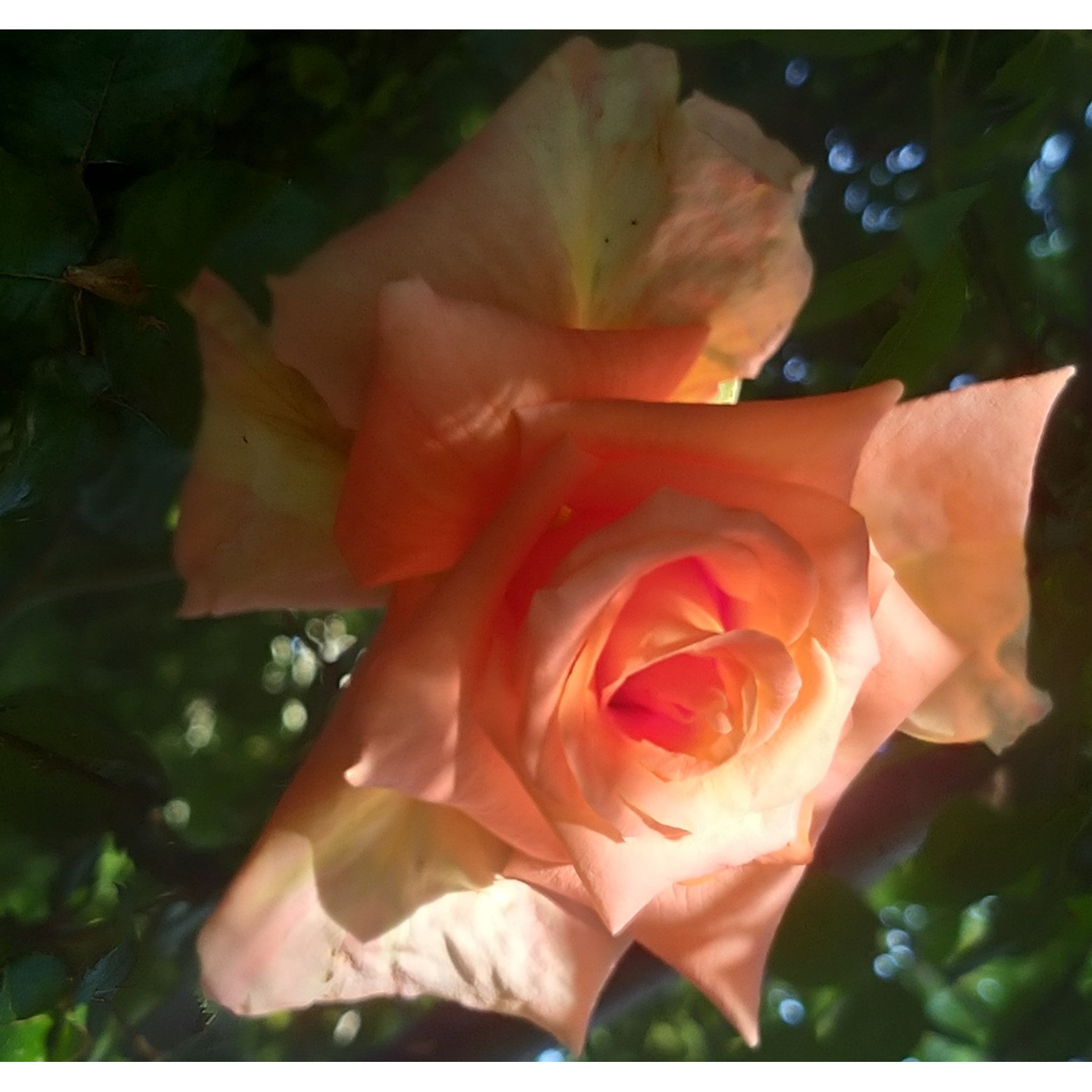
Thierry P.

No text to translate.
Thierry P. • 84 FR
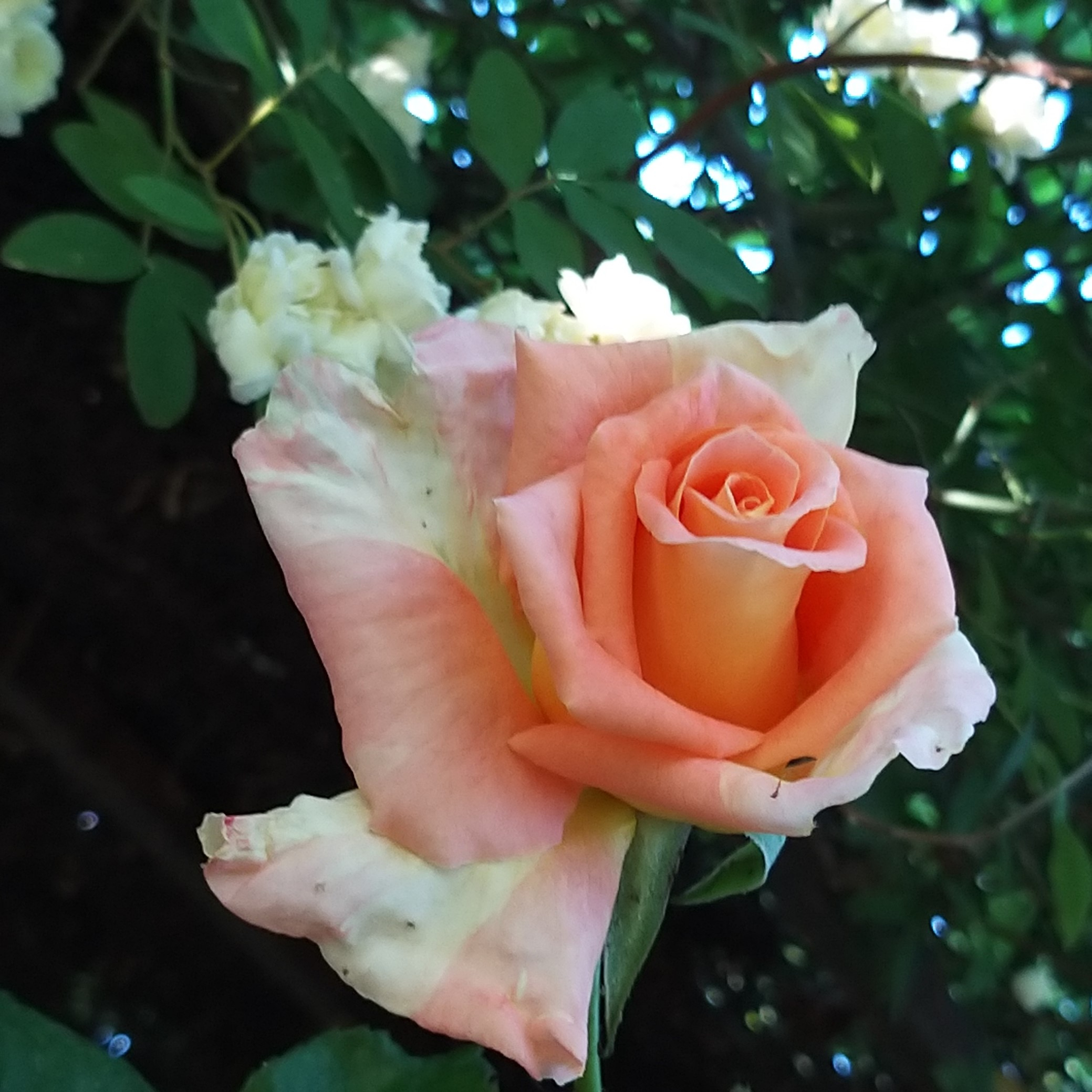
Thierry P.

April flowering - image 55 - In the company of the Banksian rose "Alba Plena".
Thierry P. • 84 FR
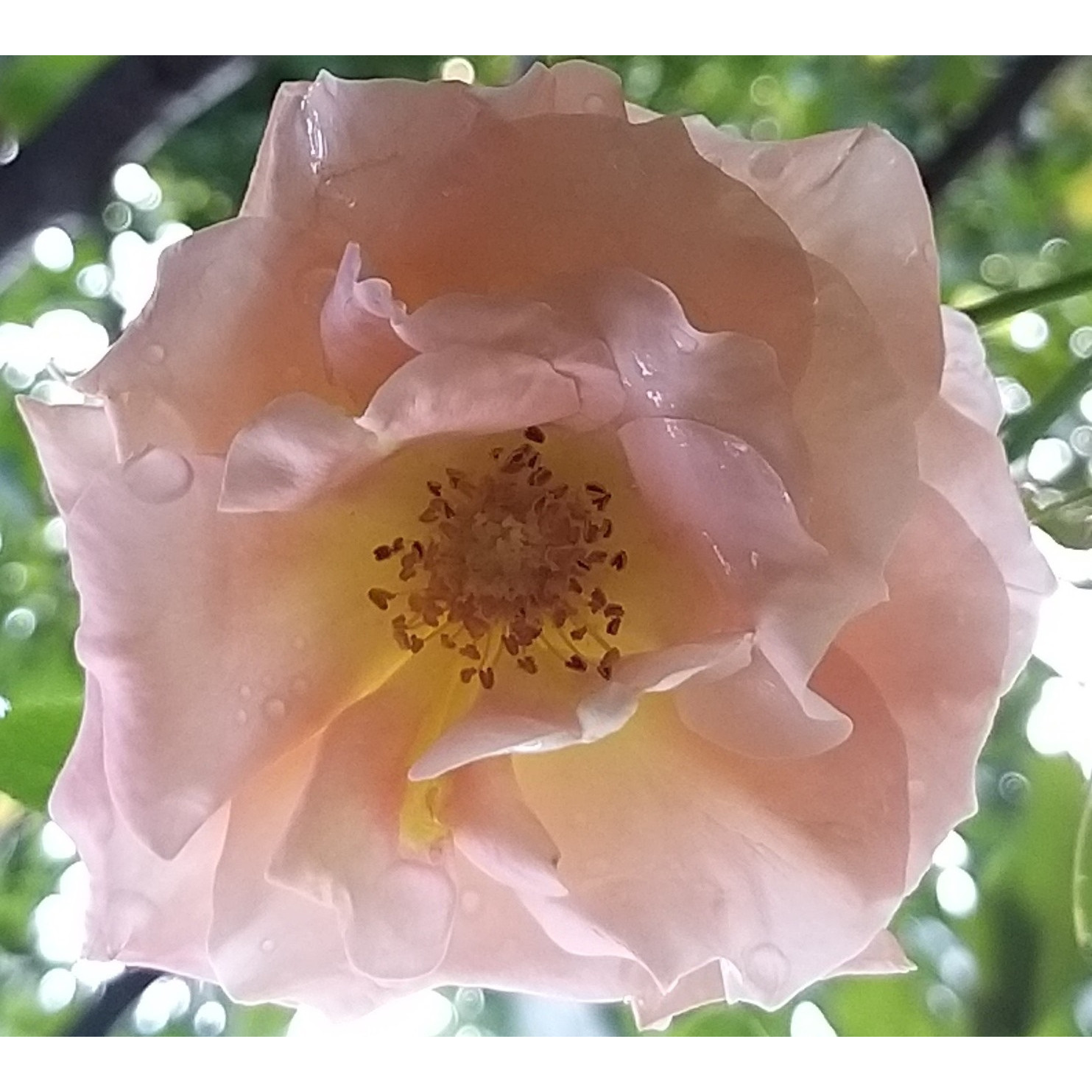
Thierry P.

September flowering - image 54 - Photo in the rain.
Thierry P. • 84 FR

Thierry P.

May flowering - image 53 - Near a "Bigarreau Burlat" cherry tree.
Thierry P. • 84 FR
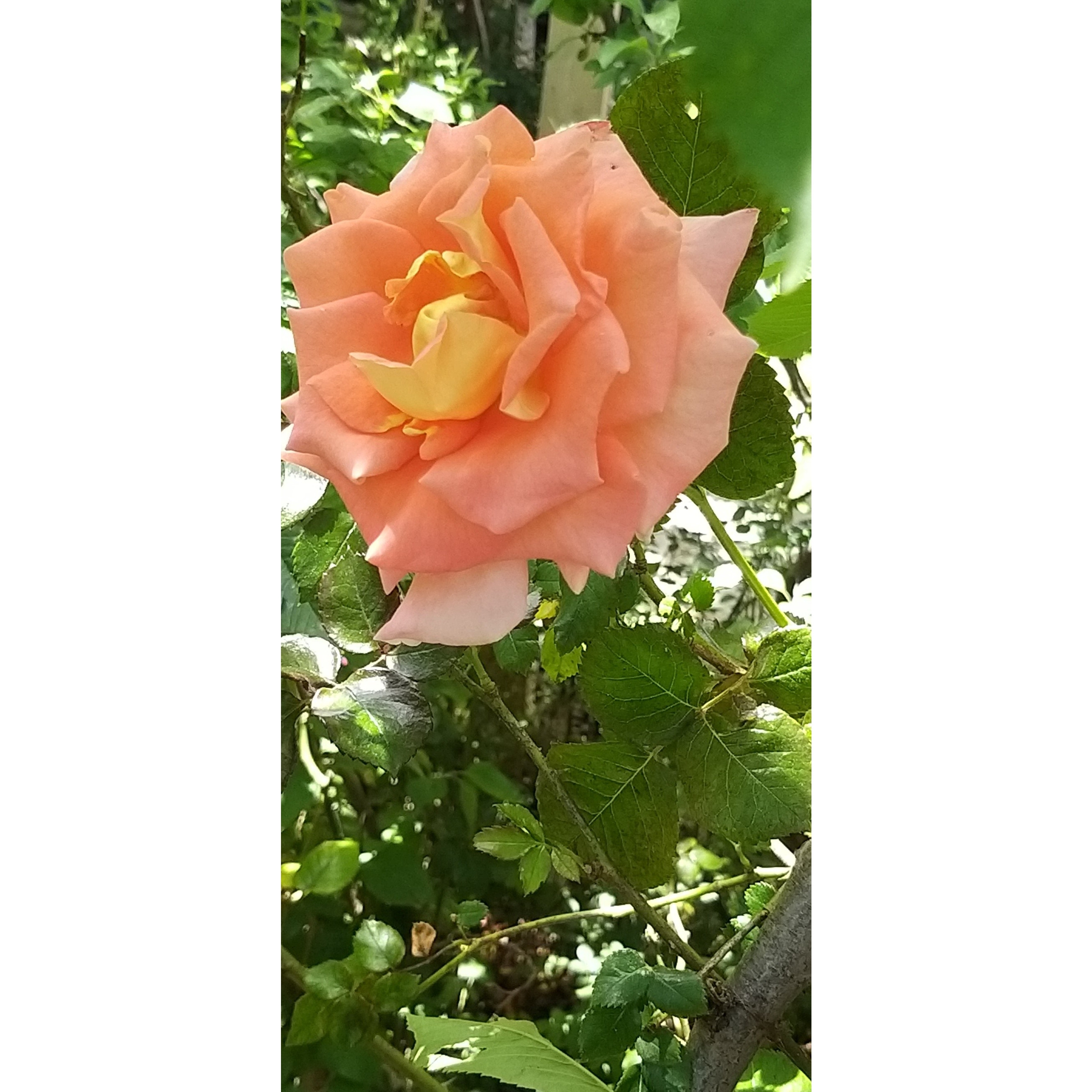
Thierry P.

No text to translate.
Thierry P. • 84 FR

Thierry P.

May flowering - image 51
Thierry P. • 84 FR
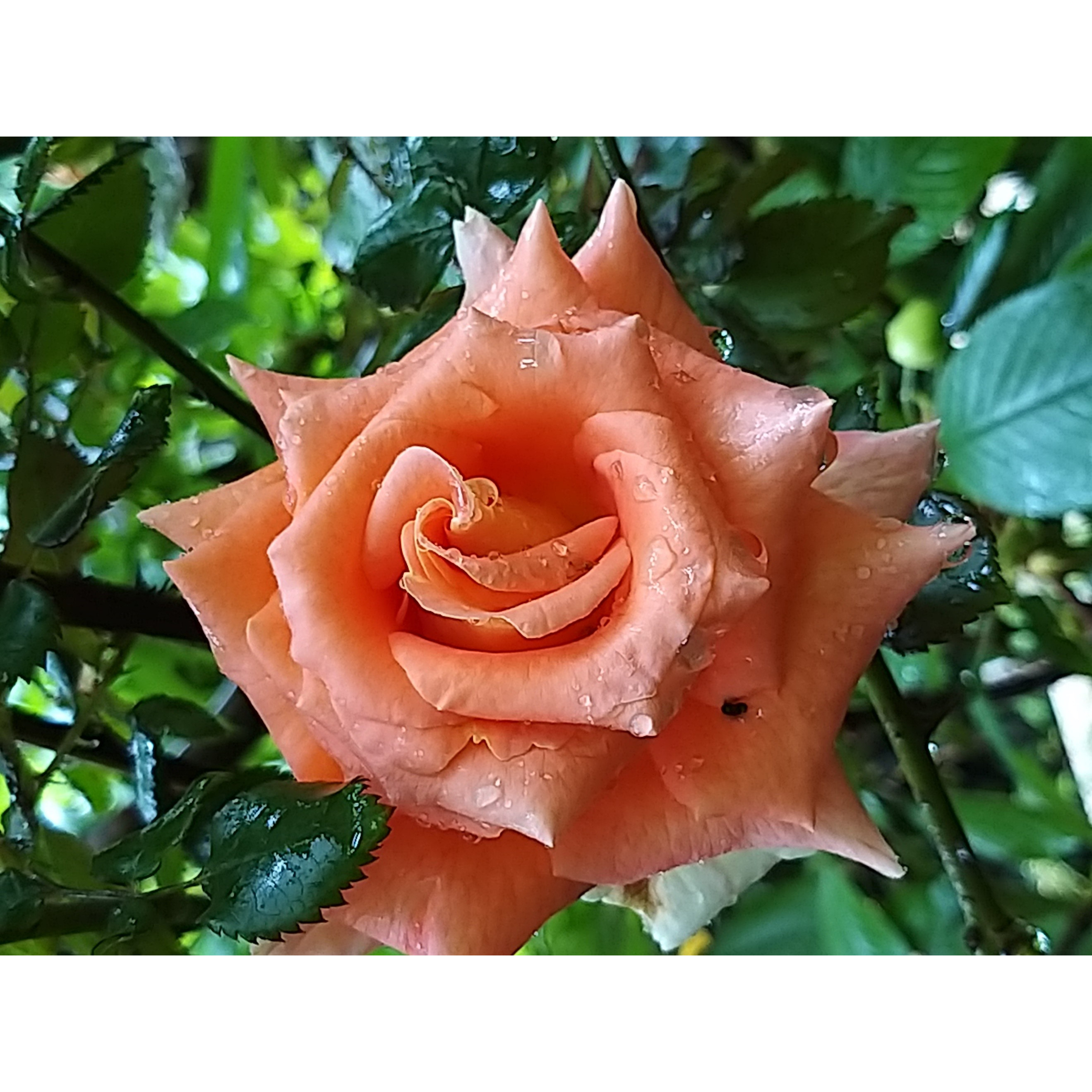
Thierry P.

April flowering - image 42 - Photo in the rain.
Thierry P. • 84 FR

Thierry P.

April flowering - image 41 - Photo in the rain.
Thierry P. • 84 FR
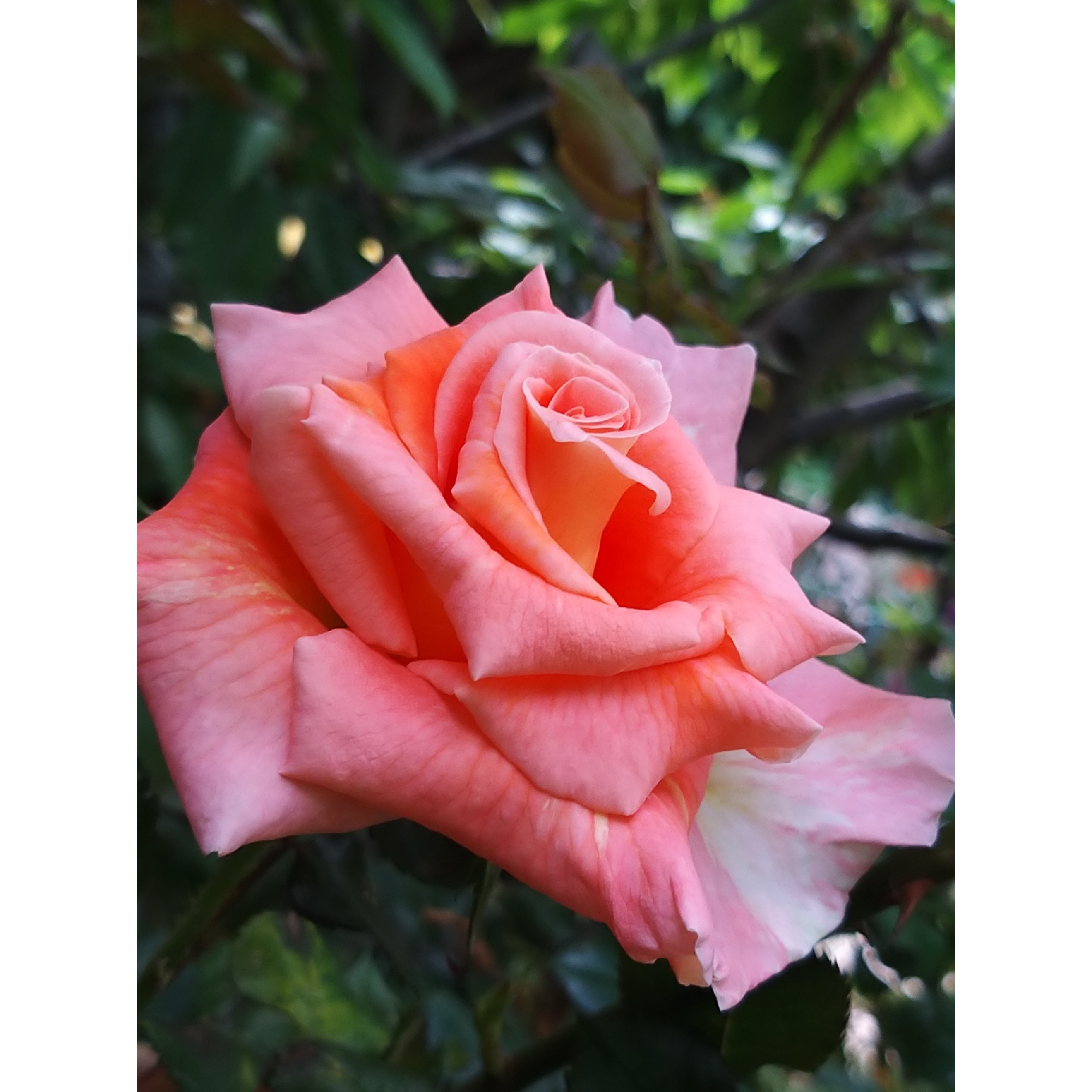
Thierry P.

No text to translate.
Thierry P. • 84 FR
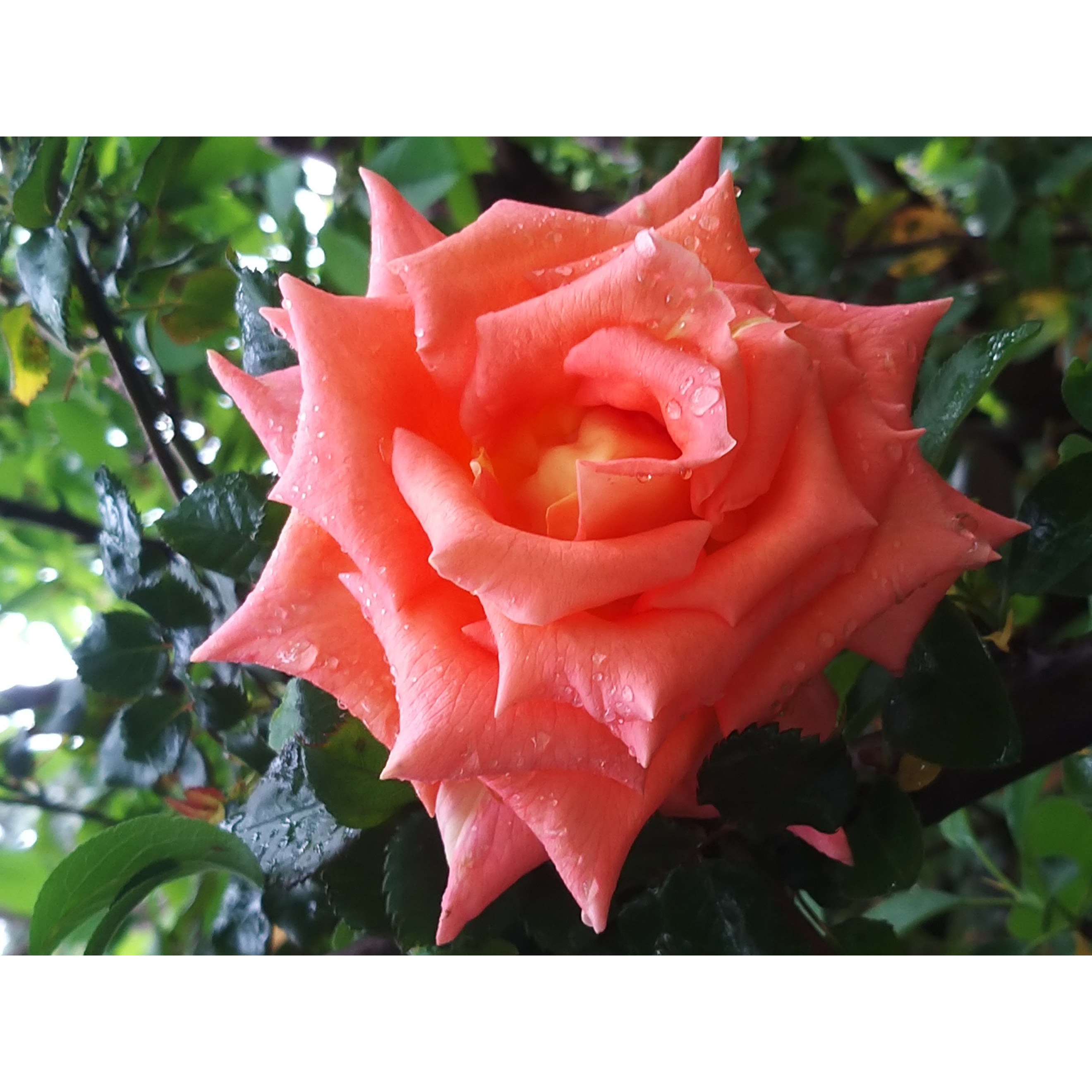
Thierry P.

April flowering - image 35 - Photo in the rain.
Thierry P. • 84 FR
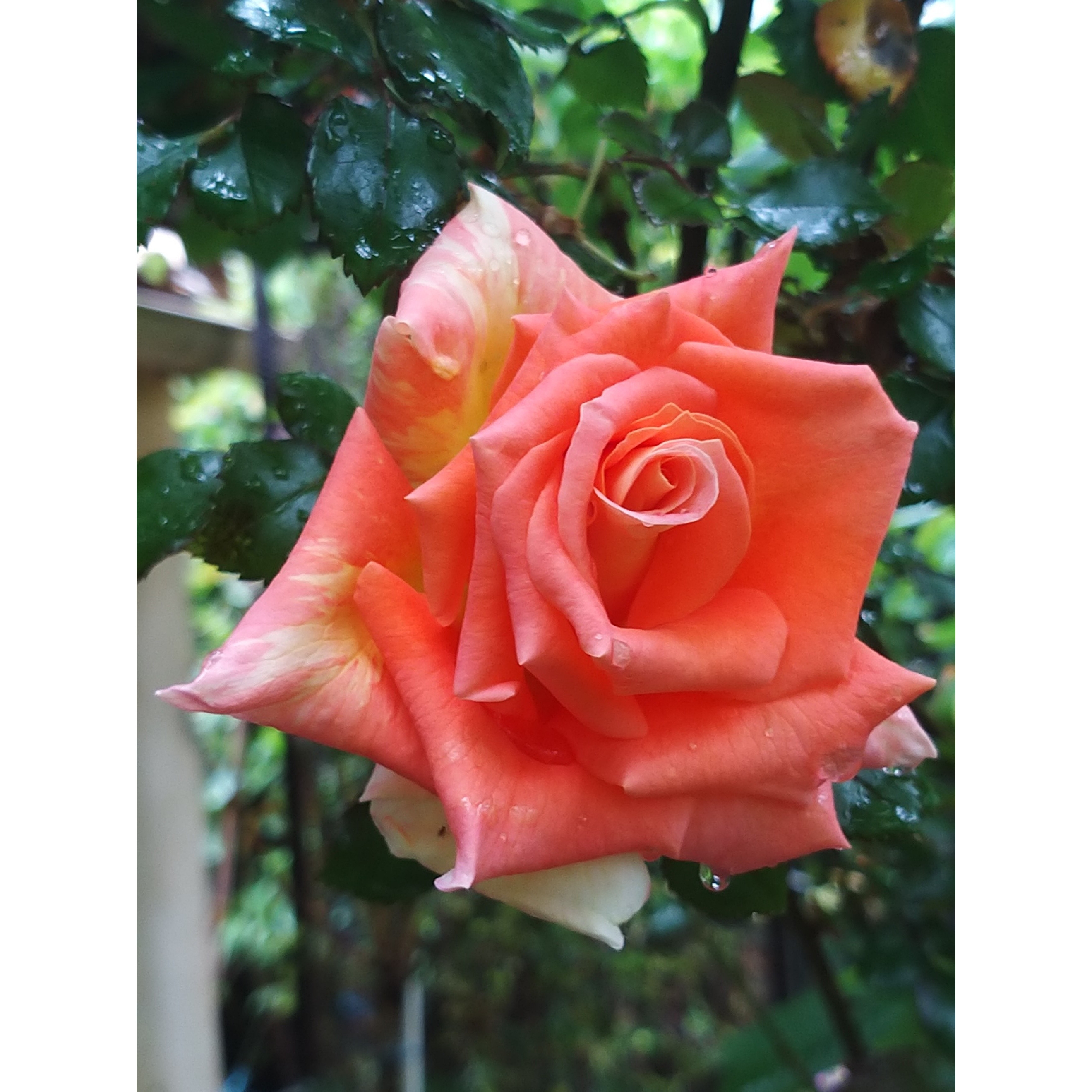
Thierry P.

April flowering - image 31 - Photo in the rain.
Thierry P. • 84 FR
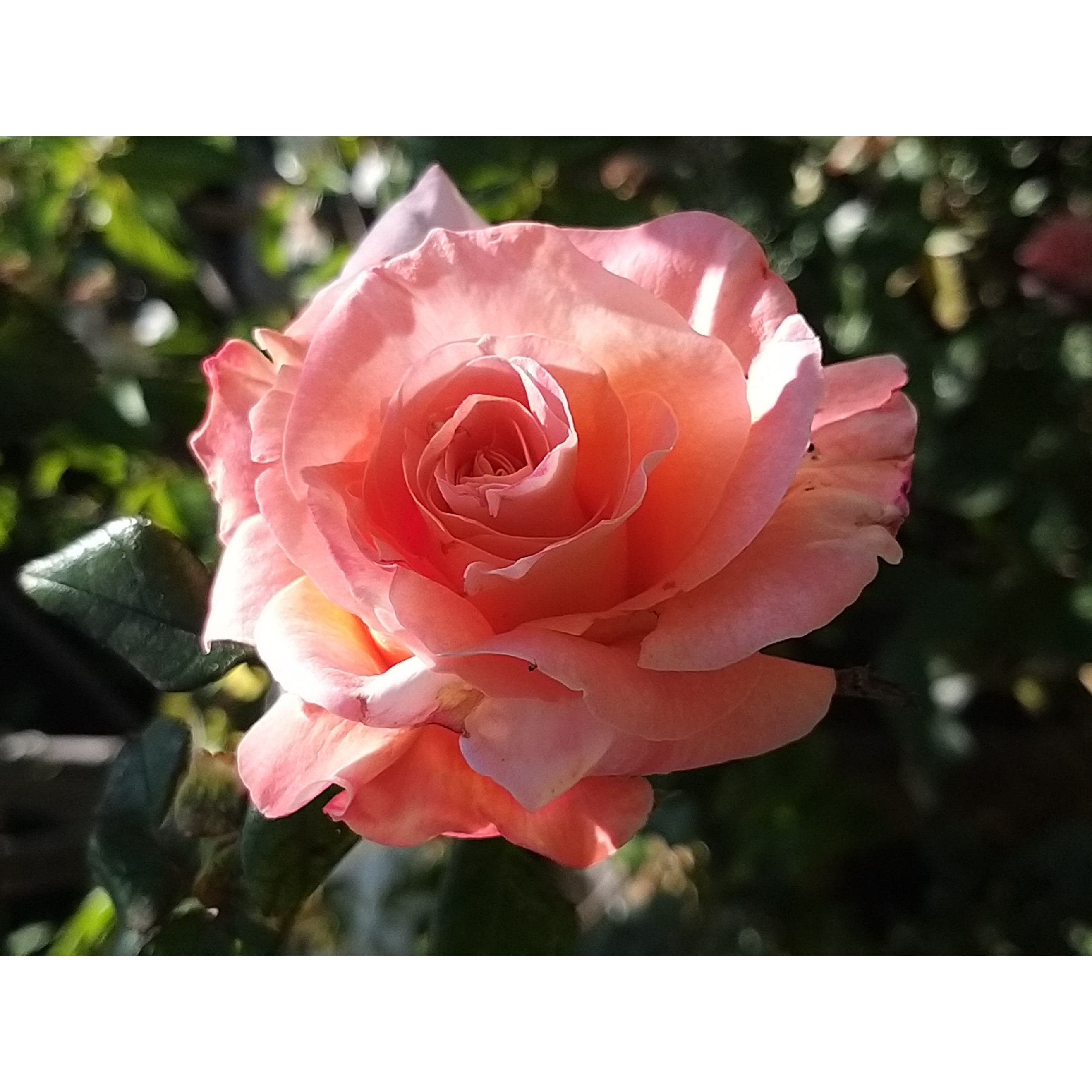
Thierry P.

No text to translate.
Thierry P. • 84 FR
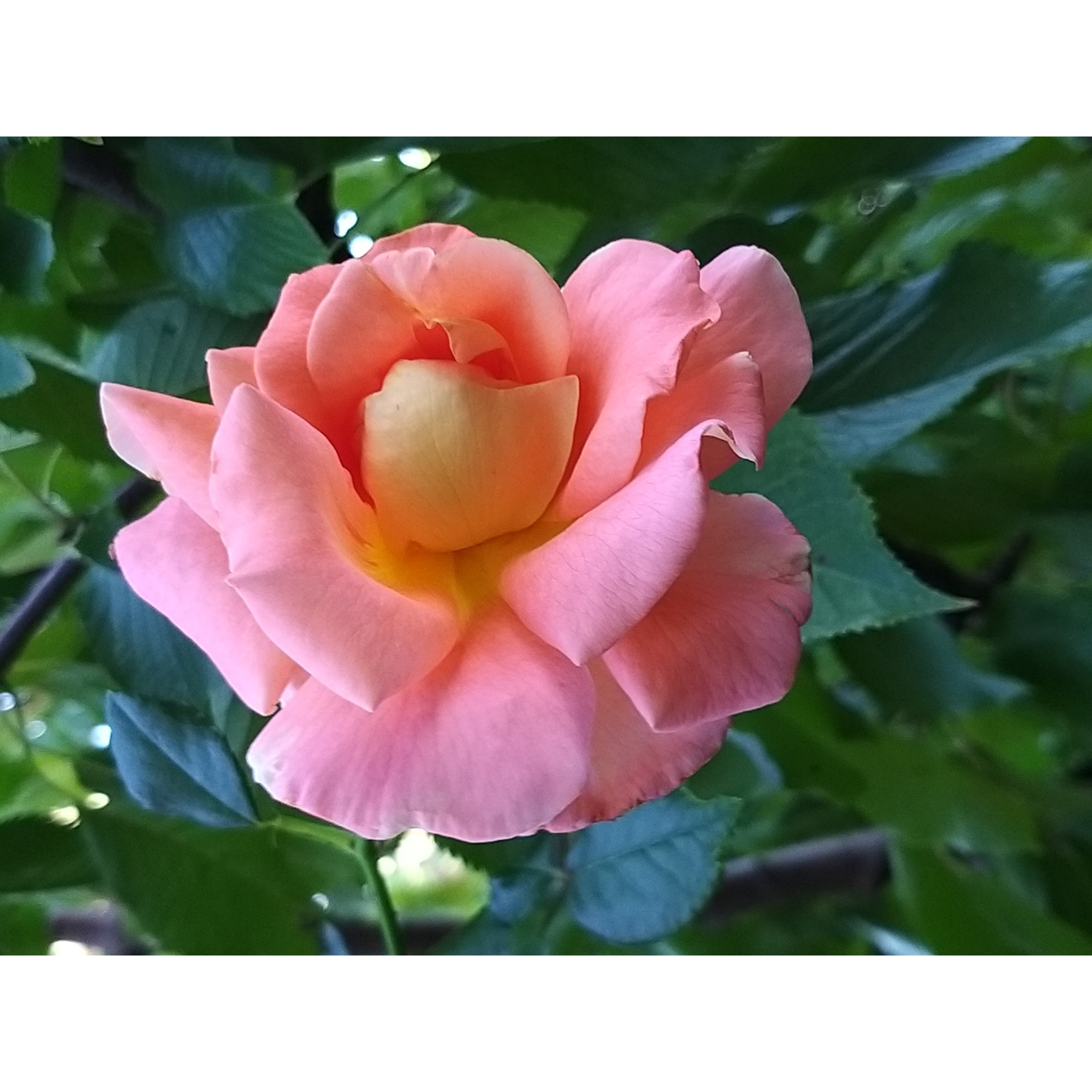
Thierry P.

Flowering in October - picture 27 - In the midst of a Burlat sweet cherry tree.
Thierry P. • 84 FR

Thierry P.

N/A
Thierry P. • 84 FR

Thierry P.

No text to translate.
Thierry P. • 84 FR
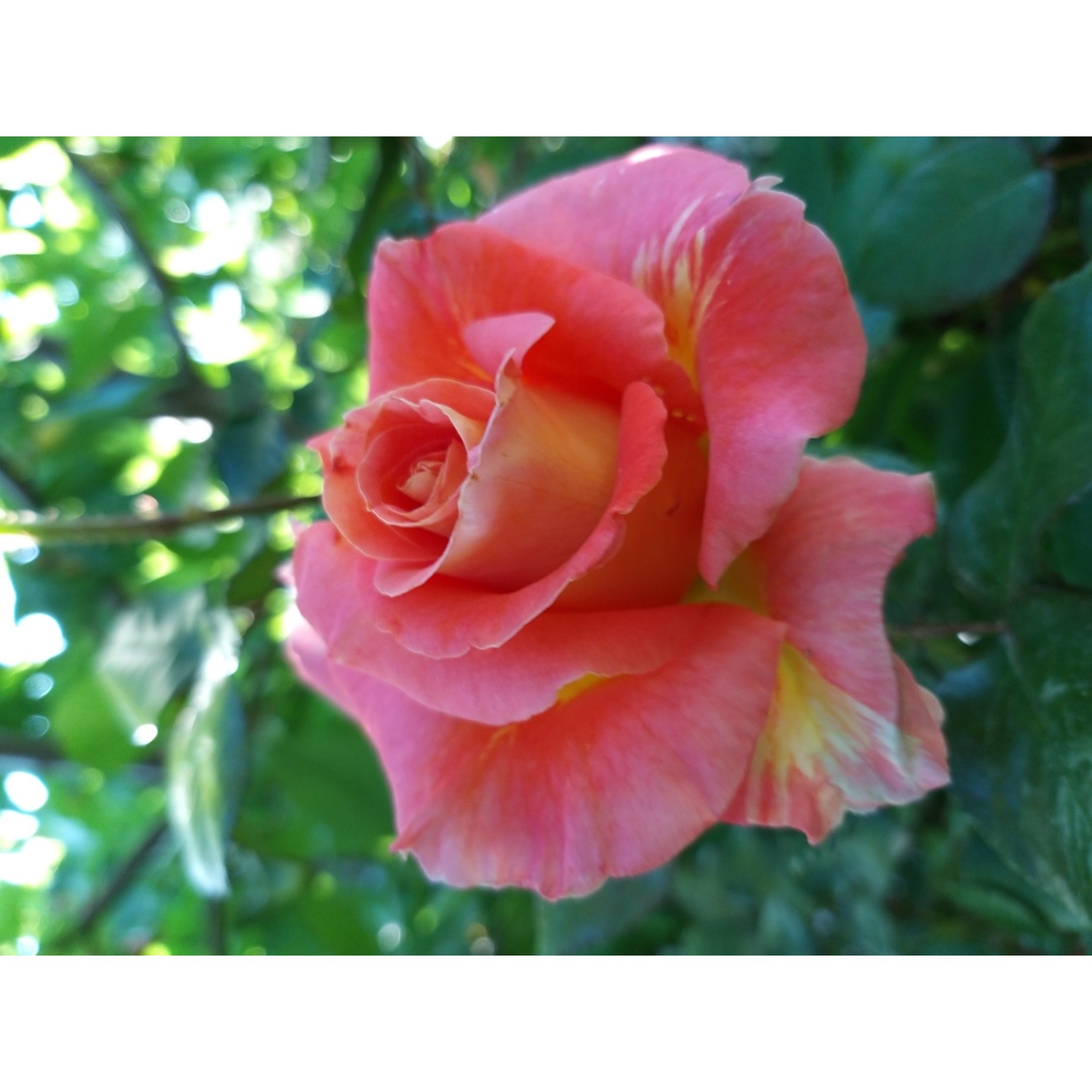
Thierry P.

May flowering - image 9
Thierry P. • 84 FR

Thierry P.

Thierry P. • 84 FR
Rosa Eriko Takeda - Shrub Rose
Rosa Eriko Takeda ®
Rose
Bought in May and potted, this young plant has already doubled in size and produced 2 highly fragrant roses. Delighted with my purchase. Revision: Bought in May and potted, this young plant has already doubled in size and produced 2 highly fragrant roses. I am delighted with my purchase.
Jacline, 11/06/2023
Special offer!
Receive a €20 voucher for any order over €90 (excluding delivery costs, credit notes, and plastic-free options)!
1- Add your favorite plants to your cart.
2- Once you have reached €90, confirm your order (you can even choose the delivery date!).
3- As soon as your order is shipped, you will receive an email containing your voucher code, valid for 3 months (90 days).
Your voucher is unique and can only be used once, for any order with a minimum value of €20, excluding delivery costs.
Can be combined with other current offers, non-divisible and non-refundable.
Home or relay delivery (depending on size and destination)
Schedule delivery date,
and select date in basket
We guarantee the quality of our plants for a full growing cycle, and will replace at our expense any plant that fails to recover under normal climatic and planting conditions.
Description
The 'Eriko Takeda' bush rose, dedicated to the eponymous Japanese actress, is a recent modern tea hybrid, still rare in the horticultural trade. Its roses are radiant, slightly fragrant, large and beautifully turbinated: around a tightly packed apricot-toned heart, unfold petals of warm pink. They bloom from late spring to autumn, enhanced by a superb thick, dark green and shiny foliage. This excellent variety is as beautiful in flower beds as in bouquets.
'Eriko Takeda' is part of the modern bush roses with large flowers or hybrid teas. Sturdy bush with a bushy habit reaches about 70 cm (28in) in height and 50 cm (20in) in width at maturity, with rapid growth. It produces strong, thorny branches that bear dense foliage cut into large, toothed leaflets of a shiny dark green, very ornamental. From late spring to October, if faded flowers are removed, the plant produces in successive and close waves buds of apricot-orange edged with vivid carmine that opens into solitary flowers of beautiful size, very double, with the typical shape of hybrid teas. Each one is carried at the end of a long, sturdy, thorny stem ideal for cut flowers. The colour of the petals evolves from apricot to orange-pink, with the outer part of the flower being a softer pink.
'Eriko Takeda' is a bright, warm rose that is sturdy and generous, requiring only fertile and moist soil to thrive fully. A bush can be placed on its own in a small garden, integrated into a small flowered hedge, or planted in groups of 3 plants among low perennials such as violets, carnations, dwarf asters or aubrietas. Its moderate size makes it well suited for cultivation in a large pot, provided with regular watering and fertilizing. It blends well in low shrub beds with flowering summer or autumn, mixed with light perennials and annuals such as sea kale, paniculate phlox or tall foxgloves. It can be showcased in front of a boxwood or yew screen or, conversely, surrounded by a miniature hedge or a meticulously organized maze, as in Italian or French gardens. Its roses in flower beds or bouquets go well with white, soft yellow or pink flowers.
Rosa Eriko Takeda - Shrub Rose in pictures


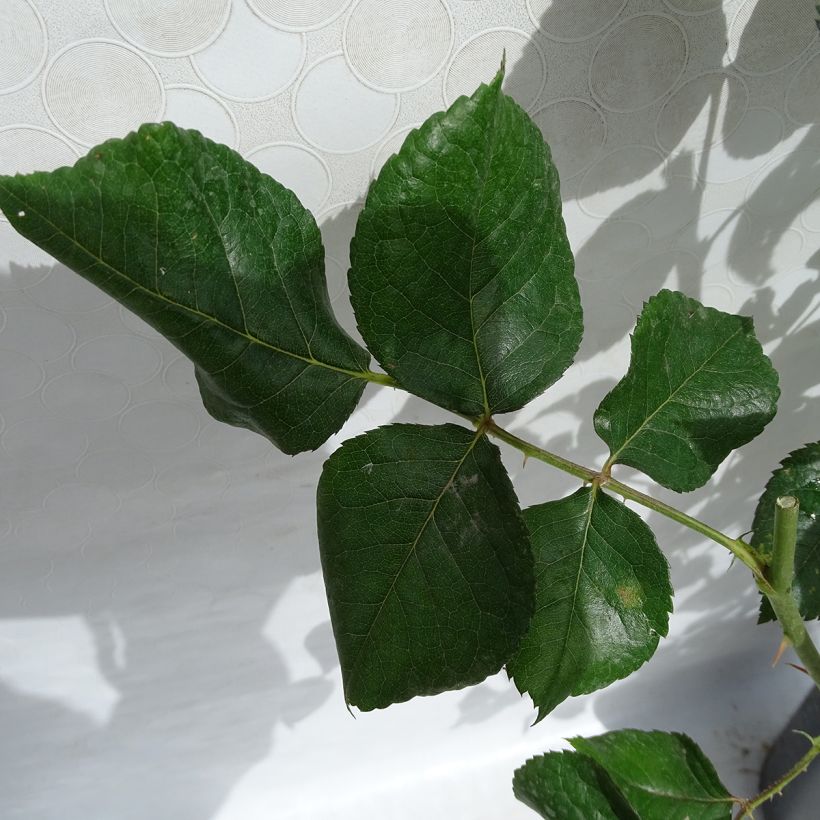

Plant habit
Flowering
Foliage
Botanical data
Rosa
Eriko Takeda ®
Rosaceae
Rose
Cultivar or hybrid
Rosa multiflora (4L/5L pot), Rosa canina Laxa (Wrapped bare root)
Planting and care
To plant your 'Eriko Takeda' Rose, choose a spot with plenty of sunlight or lightly shaded. These roses can tolerate various growing conditions but don't like too much limestone in their soil. Your rose will adapt well to any garden as long as the soil is well-worked, not too heavy, and fertile. Make sure to water and fertilise your rose to support its growth regularly and encourage blooming. When planting, crumble the soil well, add an amendment like blood, fish, and bone to the bottom of the hole, and water generously to remove any air pockets. Finally, water regularly for a few weeks to help the roots establish themselves.
Roses may develop unsightly spots at the end of summer, but this is a natural occurrence and doesn't harm the rose's growth.
Planting period
Intended location
Care
Planting & care advice
-
, onOrder confirmed
Reply from on Promesse de fleurs
Similar products
Haven't found what you were looking for?
Hardiness is the lowest winter temperature a plant can endure without suffering serious damage or even dying. However, hardiness is affected by location (a sheltered area, such as a patio), protection (winter cover) and soil type (hardiness is improved by well-drained soil).

Photo Sharing Terms & Conditions
In order to encourage gardeners to interact and share their experiences, Promesse de fleurs offers various media enabling content to be uploaded onto its Site - in particular via the ‘Photo sharing’ module.
The User agrees to refrain from:
- Posting any content that is illegal, prejudicial, insulting, racist, inciteful to hatred, revisionist, contrary to public decency, that infringes on privacy or on the privacy rights of third parties, in particular the publicity rights of persons and goods, intellectual property rights, or the right to privacy.
- Submitting content on behalf of a third party;
- Impersonate the identity of a third party and/or publish any personal information about a third party;
In general, the User undertakes to refrain from any unethical behaviour.
All Content (in particular text, comments, files, images, photos, videos, creative works, etc.), which may be subject to property or intellectual property rights, image or other private rights, shall remain the property of the User, subject to the limited rights granted by the terms of the licence granted by Promesse de fleurs as stated below. Users are at liberty to publish or not to publish such Content on the Site, notably via the ‘Photo Sharing’ facility, and accept that this Content shall be made public and freely accessible, notably on the Internet.
Users further acknowledge, undertake to have ,and guarantee that they hold all necessary rights and permissions to publish such material on the Site, in particular with regard to the legislation in force pertaining to any privacy, property, intellectual property, image, or contractual rights, or rights of any other nature. By publishing such Content on the Site, Users acknowledge accepting full liability as publishers of the Content within the meaning of the law, and grant Promesse de fleurs, free of charge, an inclusive, worldwide licence for the said Content for the entire duration of its publication, including all reproduction, representation, up/downloading, displaying, performing, transmission, and storage rights.
Users also grant permission for their name to be linked to the Content and accept that this link may not always be made available.
By engaging in posting material, Users consent to their Content becoming automatically accessible on the Internet, in particular on other sites and/or blogs and/or web pages of the Promesse de fleurs site, including in particular social pages and the Promesse de fleurs catalogue.
Users may secure the removal of entrusted content free of charge by issuing a simple request via our contact form.
The flowering period indicated on our website applies to countries and regions located in USDA zone 8 (France, the United Kingdom, Ireland, the Netherlands, etc.)
It will vary according to where you live:
- In zones 9 to 10 (Italy, Spain, Greece, etc.), flowering will occur about 2 to 4 weeks earlier.
- In zones 6 to 7 (Germany, Poland, Slovenia, and lower mountainous regions), flowering will be delayed by 2 to 3 weeks.
- In zone 5 (Central Europe, Scandinavia), blooming will be delayed by 3 to 5 weeks.
In temperate climates, pruning of spring-flowering shrubs (forsythia, spireas, etc.) should be done just after flowering.
Pruning of summer-flowering shrubs (Indian Lilac, Perovskia, etc.) can be done in winter or spring.
In cold regions as well as with frost-sensitive plants, avoid pruning too early when severe frosts may still occur.
The planting period indicated on our website applies to countries and regions located in USDA zone 8 (France, United Kingdom, Ireland, Netherlands).
It will vary according to where you live:
- In Mediterranean zones (Marseille, Madrid, Milan, etc.), autumn and winter are the best planting periods.
- In continental zones (Strasbourg, Munich, Vienna, etc.), delay planting by 2 to 3 weeks in spring and bring it forward by 2 to 4 weeks in autumn.
- In mountainous regions (the Alps, Pyrenees, Carpathians, etc.), it is best to plant in late spring (May-June) or late summer (August-September).
The harvesting period indicated on our website applies to countries and regions in USDA zone 8 (France, England, Ireland, the Netherlands).
In colder areas (Scandinavia, Poland, Austria...) fruit and vegetable harvests are likely to be delayed by 3-4 weeks.
In warmer areas (Italy, Spain, Greece, etc.), harvesting will probably take place earlier, depending on weather conditions.
The sowing periods indicated on our website apply to countries and regions within USDA Zone 8 (France, UK, Ireland, Netherlands).
In colder areas (Scandinavia, Poland, Austria...), delay any outdoor sowing by 3-4 weeks, or sow under glass.
In warmer climes (Italy, Spain, Greece, etc.), bring outdoor sowing forward by a few weeks.






































